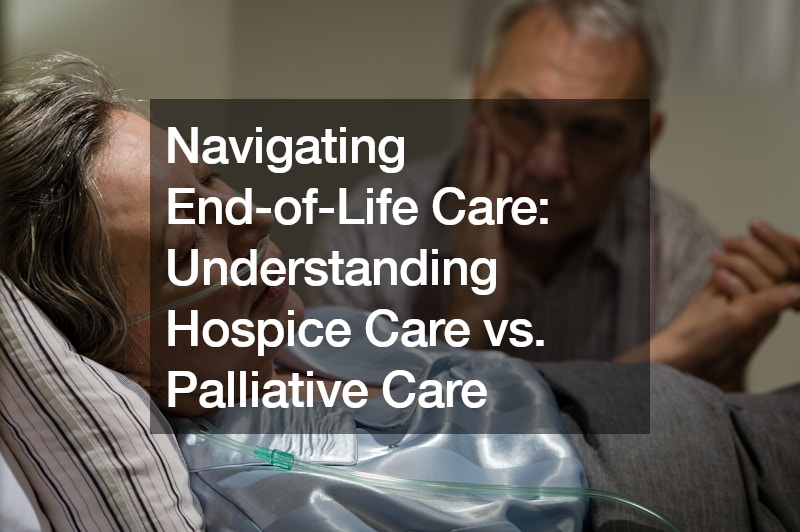End-of-life care can be a challenging and emotionally overwhelming journey, both for patients and their loved ones. As individuals face serious illnesses, understanding the options available for care becomes essential.
Two primary forms of care often discussed in such contexts are hospice care and palliative care.
Hospice care and palliative care share similar goals, yet they serve distinct purposes and cater to different stages of illness. Palliative care focuses on alleviating symptoms and enhancing the quality of life for individuals grappling with severe illnesses, irrespective of whether they are receiving curative treatments or not. This form of care is not limited to patients with terminal conditions and can be provided at any stage of illness.
On the other hand, hospice care is specifically designed for individuals nearing the end of life. It comes into play when curative treatments are no longer effective or desired, and the focus shifts towards ensuring comfort and dignity in the final stages of life. Hospice care is typically initiated when a patient has a prognosis of six months or less to live, although this timeframe can vary based on individual circumstances.
Despite their differences, hospice and palliative care share common principles and approaches. Both prioritize symptom management, psychological support, and overall comfort for patients. They aim to enhance the quality of life and promote a sense of peace and dignity during challenging times.
One significant distinction between hospice and palliative care lies in their eligibility criteria and the stage of illness they address. While palliative care is available to individuals at any stage of a serious illness, hospice care is specifically tailored for those in the final stages of life. Understanding these distinctions can help individuals and their families make informed decisions about the type of care that best aligns with their needs and preferences.
Another crucial aspect to consider is the setting in which each form of care is provided. Palliative care services can be offered in various settings, including hospitals, long-term care facilities, and outpatient clinics. In contrast, hospice care is often provided in patients’ homes, allowing them to receive personalized care in a familiar and comfortable environment surrounded by loved ones.
When navigating end-of-life care options, it’s essential for individuals and their families to engage in open and honest conversations with healthcare providers. These discussions can help clarify the goals of care, address concerns, and explore available resources. By actively participating in care planning, patients and their families can ensure that their preferences are respected and that they receive the support they need.
Ultimately, the choice between hospice care and palliative care is deeply personal and should be based on individual circumstances, preferences, and values. Both forms of care offer valuable support and resources to individuals facing serious illnesses and their families.
In conclusion, understanding the distinctions between hospice care and palliative care is crucial for individuals navigating end-of-life care decisions. While both forms of care share common goals of enhancing quality of life and providing comfort, they serve different purposes and cater to different stages of illness. By exploring these options and engaging in open communication with healthcare providers, individuals can make informed decisions that align with their needs and preferences, ensuring compassionate and dignified care in the final stages of life.
.

